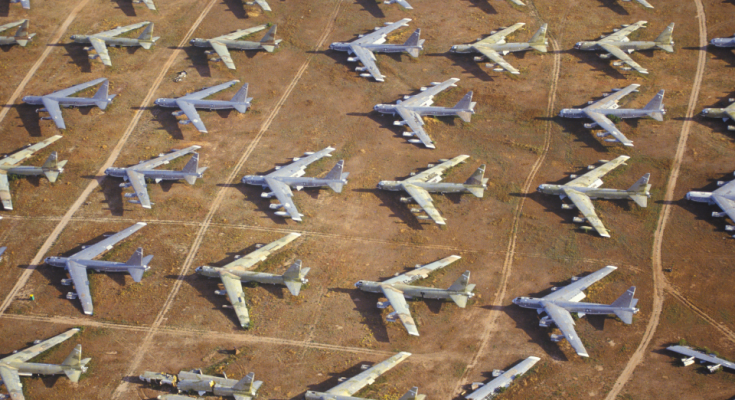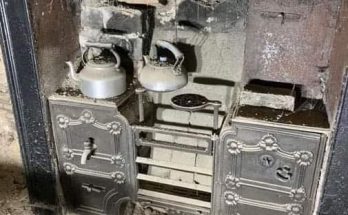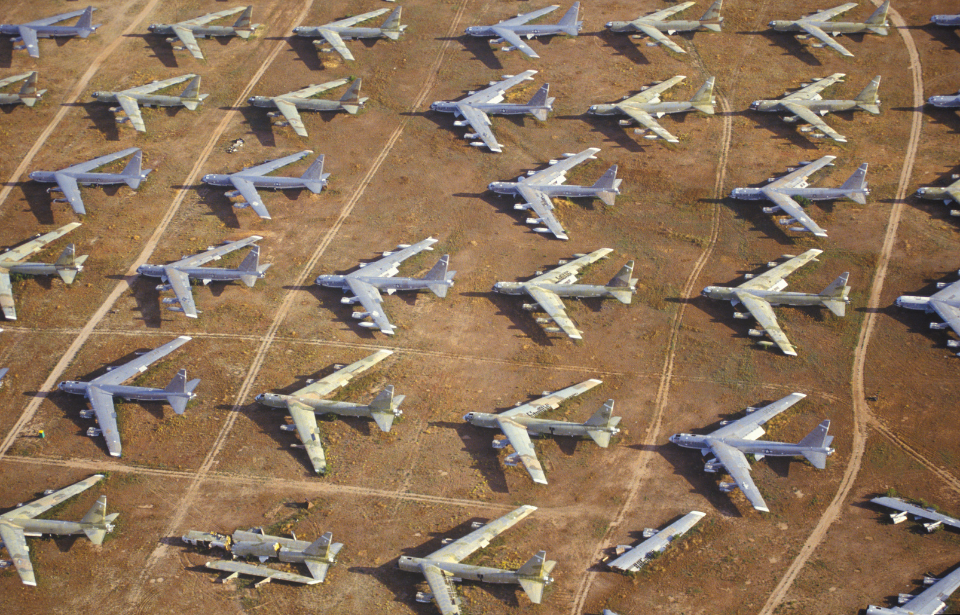
It’s 1952: the P-51 Mustang is still in service, the majority of American homes did not yet have a television, and Elvis Presley was still in high school. This was the same year the B-52 first flew. In fact, every single U.S. president since Harry S. Truman has relied on the B-52. The bomber is in its sixth decade of service, and the military is planning on many more to come. New engines and avionics could push the aircraft through its 100-year anniversary, something that has never happened thus far.
This incredible aircraft was born at the start of the Cold War and has outlasted virtually every other aircraft around at that time. There are scores of aircraft that have been drawn up, developed, produced, fought wars, and then retired into museums within the service life of the B-52.
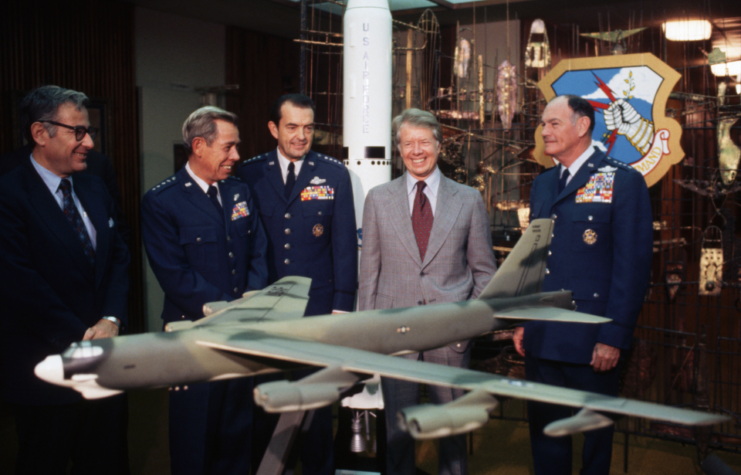
The Department of Defence (DoD) has officially chosen to update the B-52s, while they await the arrival of their newest strategic bomber, the B-21 Raider. These updates should allow the aircraft to fly past 2055, exactly 100 years after it was accepted into service with the US in 1955.
The aircraft is enormous: with a 56-meter wingspan and 48.5 meters in length, it can take off at a maximum weight of well over 200 tons. Fully loaded, 30 tons of that weight is comprised of ordnance tucked inside its bomb bay.
Powering this beast are eight Pratt & Whitney TF33 turbofan engines that were also developed in the 1950s, although they were not fitted to earlier models. Although these engines are old, they can still move the B-52 at speeds up to 650 mph and give it a range of 8,800 miles.
Planned upgrades for the aircraft
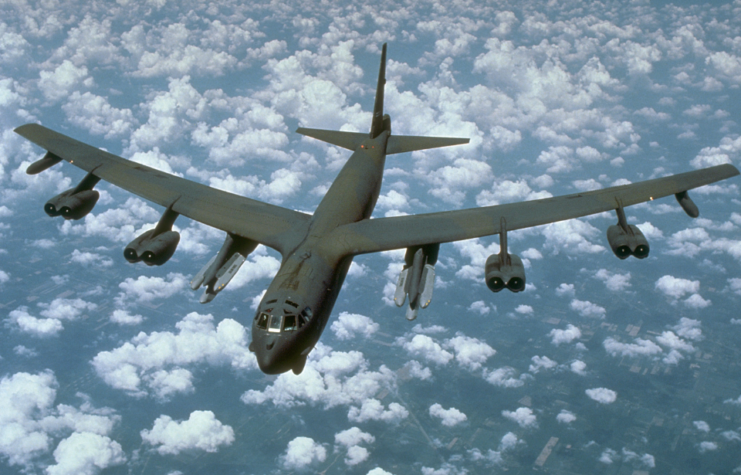
However, by the end of the year, the commercial engine replacement program, or CERP, will replace the aging engines with modern, quieter, and more fuel-efficient ones. Companies competing for the contract of 608 engines include Rolls-Royce, one of the leaders in this field.
These engines won’t increase the B-52’s speed, but will make it up to 30% more fuel-efficient, which will reduce the need for in-flight refueling and increase its range to about 12,000 miles.
The bomber is set to receive new electronic upgrades, too, that will see the antique AN/APQ-166 radars replaced with active electronically scanned array (AESA) radars, new nuclear command-and-control radios, and new long-range stand-off weapons. There is even a discussion on whether to reduce the crew from five to four because of these upgrades.
These changes make the B-52 much more capable in today’s technology-dominated combat environments.
Why has the B-52 lasted so long?
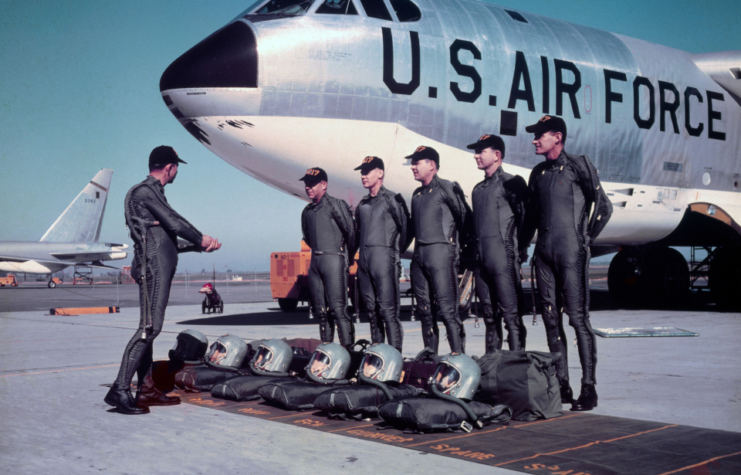
Bettmann / Getty Images
The bomber’s rugged airframe is the reason why it has been able to continue in service for so long. Engineers began developing the aircraft in 1946, just after WWII had ended, as a high altitude strategic bomber, but its actual service would differ wildly from its original intentions.
Because it was meant to be a high altitude bomber, the engineers who designed it were extremely generous in giving the aircraft great structural strength.
“I don’t think the original plan was to go 75 years,” said Jennifer Wong, Boeing’s senior director for bomber programs. “But the way the aircraft was designed, it was designed with a lot of structural margin.”
The tools available to engineers at the time meant it was wise to be extra cautious when designing an aircraft.
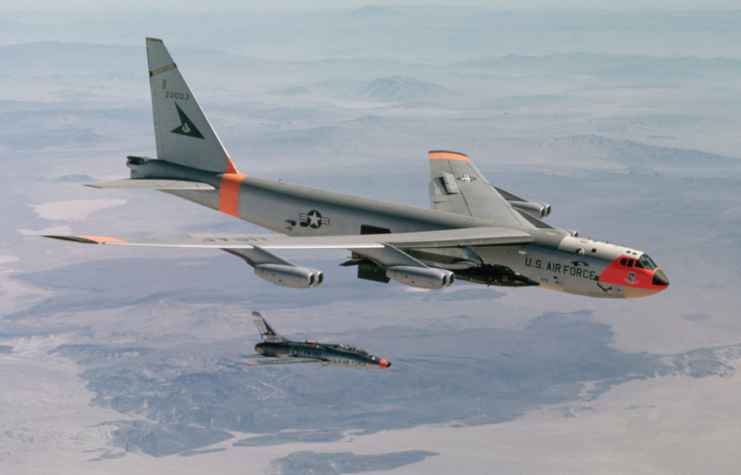
“Today, when we design something, it’s computerized, and it’s perfected for that one, you know, mission,” Gebara said. “Back in the day, when they had slide rules, they had to have a lot of margin, because they just weren’t sure in their calculations. And it turned out that the B-52 was massively over-engineered.”
This over-engineering created an exceptionally strong and versatile aircraft that has been comfortably used in different roles and able to be upgraded over the decades.
However, all of the 76 B-52s that are still in service were built in 1961 and 1962, so aging is inevitable. “The bones of it are still a 60-year-old airplane,” as Gerbera put it.
The B-52 is an old-school aircraft that requires old-school maintenance and knowledge to keep them flying.
“On a fifth-gen fighter aircraft, you plug up your computer, and it will say, ‘Hey, this part is broken, I’ve already ordered it,’” B-52 crew chief Master Sergeant Matthew J. Tobey, said.
“The B-52 is different. It’s all manual, everything on this aircraft, you know, is done by people that are trained to do it,” he said. “We’ve always got tech data that guides us on what we’re supposed to be looking for, but it’s all discovered by the individual. There’s no computer that tells us what’s broken on this aircraft.”

